In an exclusive preview, fxguide got a pre-IBC sneak peak at Furnace 3 which is being shown at the conference here in Amsterdam beginning this weekend. We examine what is coming and talk to the Foundry’s Bill Collis about some of the underlying algorithms to better understand this significant advance in image processing plugins.
Furnace 3 is showing at IBC for the first time but will not go into beta testing until mid-October. The release is planned for around December.. Here is your exclusive look of what is in store.
While there are plans in the roadmap for a revision to the exisiting Furnace 1 and 2 plugins, the current plugins remain untouched in this next release. Furnace 3 will ship first for Shake but a Discreet Flame build is expected by NAB. Plans are still unresolved but Furnace 3 as an upgrade is likely to be similar to the price to the current upgrading from Furnace 1 to Furnace 2. Which is approximately 50% off. What is also planned is completing the conversion of the rest of the exisiting Furnace 1 & 2 into OFX compatible plugins – for products such as Toxik, Scratch and Nucoda.

The problem of defocusing an image is very complex, high frequency detail is often lost during a defocus so recovering it, is extremely complex. This image is a naturally defocused image.

According to the Foundry’s Bill Collis, Deblur is one of the teams proudest achievements. It works by solving a ‘blind deconvolution’, “it works at what caused the Blur and does the inverse”, he explains, “it is hard to reconstruct data,.. I don’t think anyone in Post has really succeeded before, in this test image you can see the text is resolved”, he comments, “it really is a nice bit of maths”.
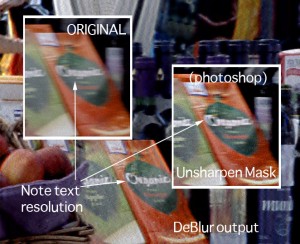
This image compares the results of the new Furnace 3 plugin and the best fxguide could achieve using Photoshop’s Unsharpen Mask. The team at the Foundry are still looking at some of the ringing seen in this example, and the team aims to reduce this by the time the product ships. Collis thinks this plugin is perhaps the one he is most proud of, in terms of the new mathematical innovations the team have achieved.
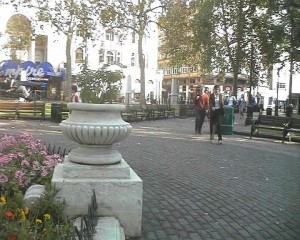
This is perhaps one of the most impressive plugins from fxguide’s point of view. Based on relative movement – the Depth plugin produces a z map from ordinary footage. This is a complex problem, so complex that only in the last hour before this story was to be published did the Foundry solve the problem fully. Here exclusively, are the first test images showing how it works, in fact the brochures printed for IBC do not even include images and until this test, – the Furnace team doubted if it would make the cut and be included for alpha and beta testing.
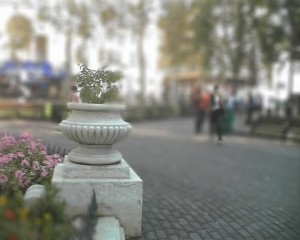
The same algorithms could be used to provide a host of interesting effects. While it is accurately providing depth information here for depth of field use, – it is based on movement and we believe it could be applied to a variety of problems including motion graphics and type design.
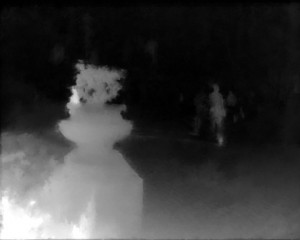
This is an example of the zdepth map produced based on the motion of the clip.
We are keen to test this ourselves especially with real world footage.
As we understand at fxguide, the approach the plugin uses is an optical flow engine with a epipolar transform – similar to say that used in Boujou – but without the need to solve fully the 3D camera track. This combined with only looking for relative motion makes the plugin faster and more accurate.

One of the interesting plugins in Furnace 3 is MotionMatte, this is not the first time the Foundry has worked on this problem, but the newest version attempts to do this with minimal user tweaking, both for ease of use and because the algorithms are expensive to compute – so user adjustments could lead to very time consuming solutions.
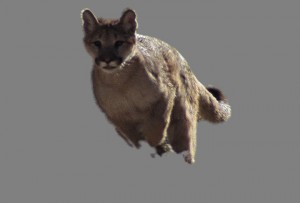
In the RigRemoval plugin (Furnace 1) which does a similar thing, a red error patch is placed when the plugin can’t solve the patch – as is often the case with the first few frames. Luckily this was fixed several years ago by Simon Robinson at the Foundry – and now it is an option to disable this “feature”, this is not a problem with the new MotionMatte plugin.

This plugin calculates motion using the Kronos plugin technology, in fact it is the Kronos motion blur broken out as a separate plugin.
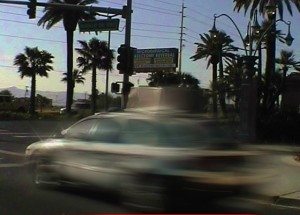
The plugin does not allow the input of motion vectors from say a 3D program , but Collis claims that Kronos motion estimation motion blur will often produce a more accurate background blur than a compariable blur done based on Motion Vectors. When we discussed this further, Collis hinted that one of the areas that interested the Foundry was producing a special set of plugins specifically for the 3D market to help with 3D integration with live action and solving problems with the aid of special passes from 3D. Some Furnace plugins such as MotionRepair are already widely used in 3D pipelines when a single frame of a render fails to quickly patch and replace the missing frame(s) without re rendering.
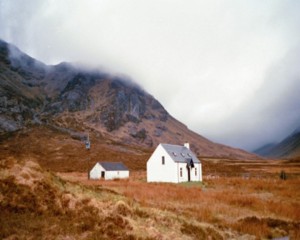
The MatchGrade plugin does a very clever analysis of a clip and then applies the colour range and hues to a second clip. “its a clever bit of maths” jokes Collis – the algorithm is based on Non-linear histogram equalization meaning “there is some cool maths and almost no user buttons or controls” – it is click and forget.
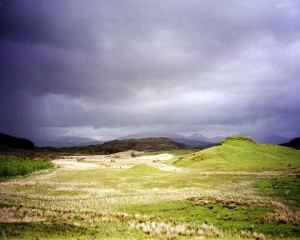
This was an algorthm found By Collis, when he visited Dr Anil Kokaram at Trinity College in Dublin. Kokaram had already worked with the Foundry on Kronos and runs the Sigmedia group at the university. Collis spotted the algorithm being developed on one of his visits and immediately realised it had huge applications in the field of VFX.
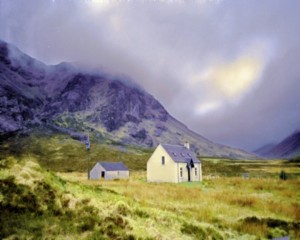
The inital theory was that this would be used to solve subtle colour variations caused by say the sun changing during a shoot and matching takes, but the team has been surprised at how well it works on vastly different shots in extremely examples.
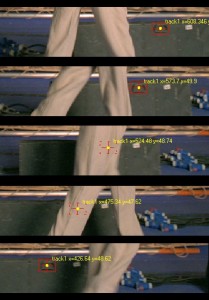
The new tracker in Furnace 3 is considered by Collis to be superior to Shake’s own tracker in two ways :
1. It handles tracking points being lost or sufering occlusion.
2. It has a much improved interface for what happens when a track is lost, allowing for a faster workflow.
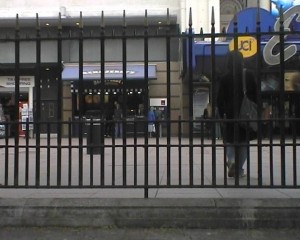
The Furnace 3 distortion plugin differs from others as it does not attempt to find stright lines but rather uses motion estimation – taking 7 adjoining frames and profiling different distorts to resolve the best fit solution.
There is also an ImageMarker replacement plugin which replaces tracking markers by removing them and tracking in a clean version of the surrounding plate – even if this is fine moving – high frequency elements such as grass or leaves. In addition, there is a new Degrain plugin and a Splicing tool for matching two images cleverly together and automatically hiding the seam in texture or sharp line transitions. It is intended that Furnace 3 will ship with 10 new major plugins.
fxguide will have a test drive comparision of the new plugins fully later in October. These images and samples were produced by the Foundry.
At IBC the Foundry will also be showing the FORGE software which is a stand alone app for dust busting. While Forge is a stand alone app. The data or meta data of the dust busting is accessable from inside an OFX plugin. As FORGE works on a renderfarm prior to the session – the artist in near real time choses what to dust bust and what to not and this just access the pre-calculated frames using a matte and clean up the program has done earlier.
